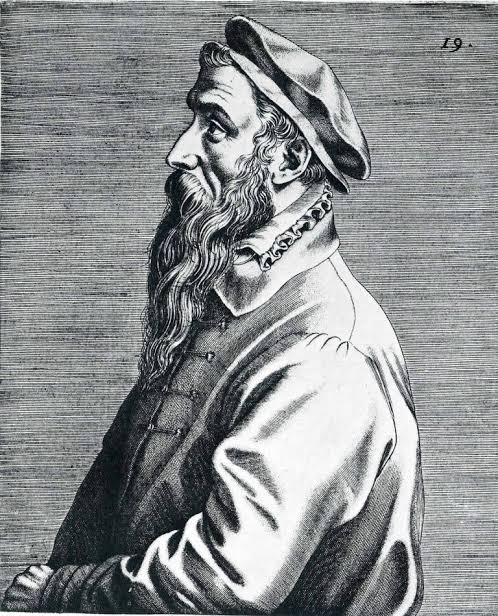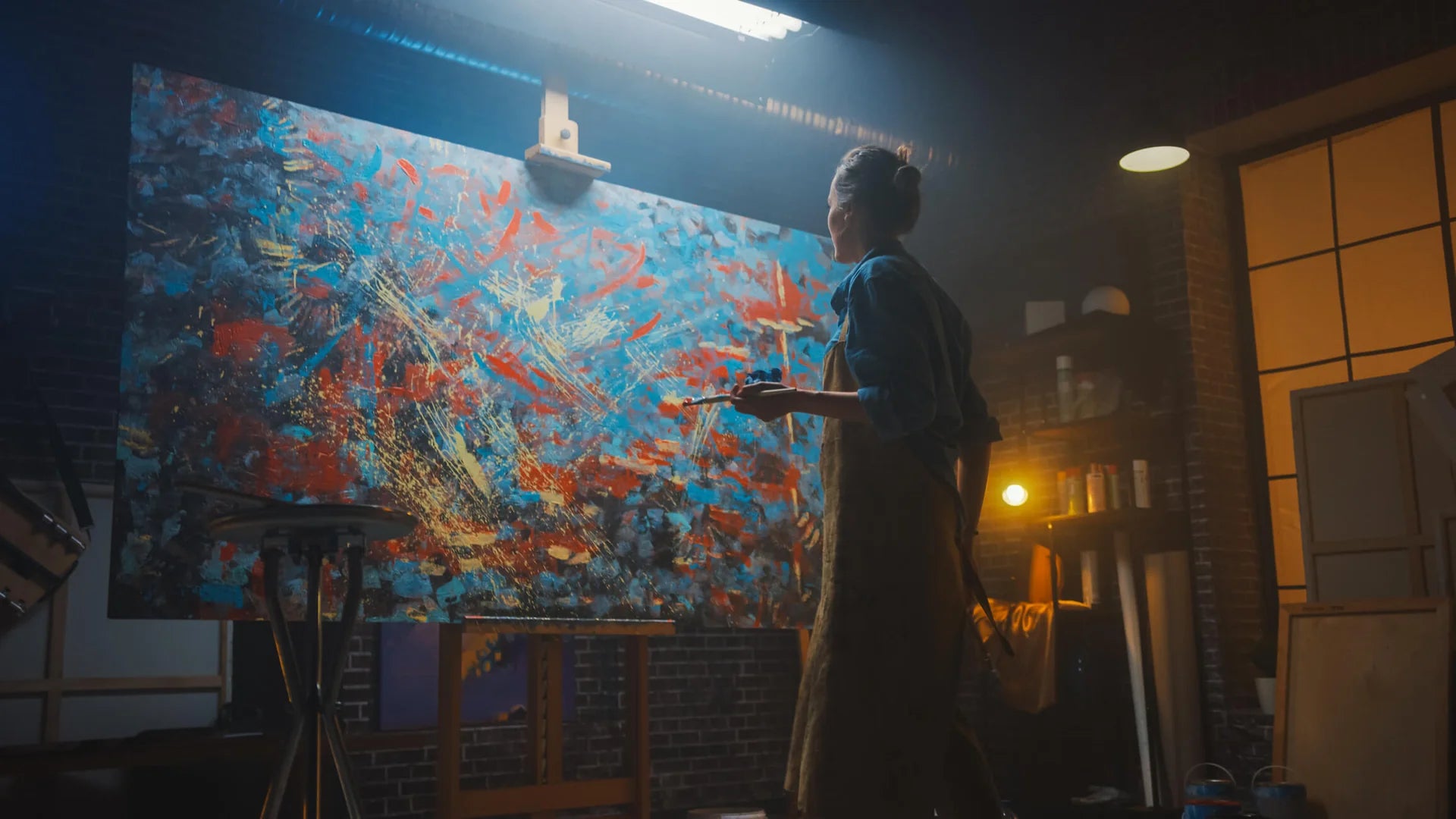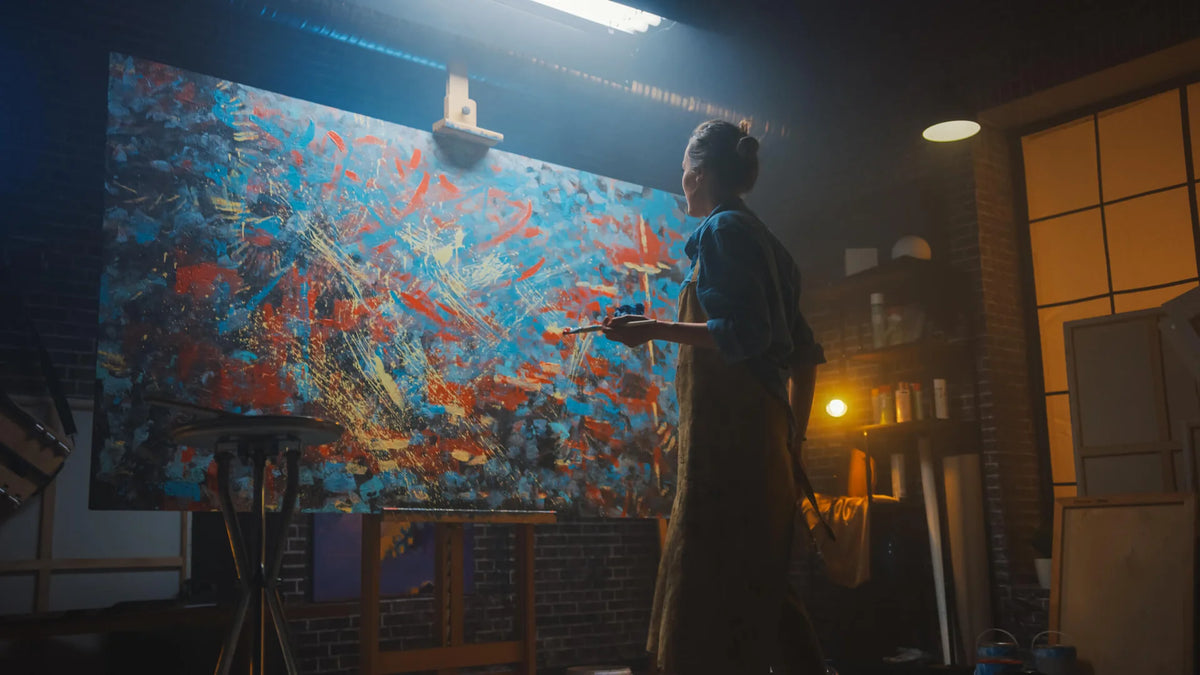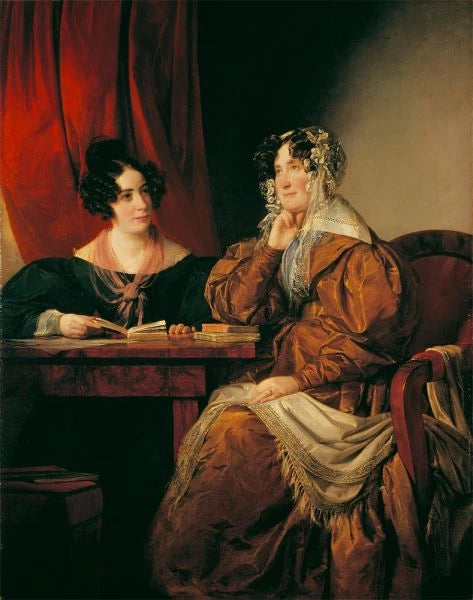
Pieter Bruegel the Elder
Pieter Bruegel the Elder received much acclaim for recording scenes of daily working-class life in the 16th century. His works focused on lively landscapes, laborers busy with what they do, and festive gatherings, at times tinged with humor and social comment. Bruegel's paintings are remarkable for their detail and give one the impression of almost being a snapshot of what life must have been like during his era. He is arguably most famous for paintings that consider such themes as human nature and the seasons. Bruegel amasses history through charm and complexity within a package of art.






















